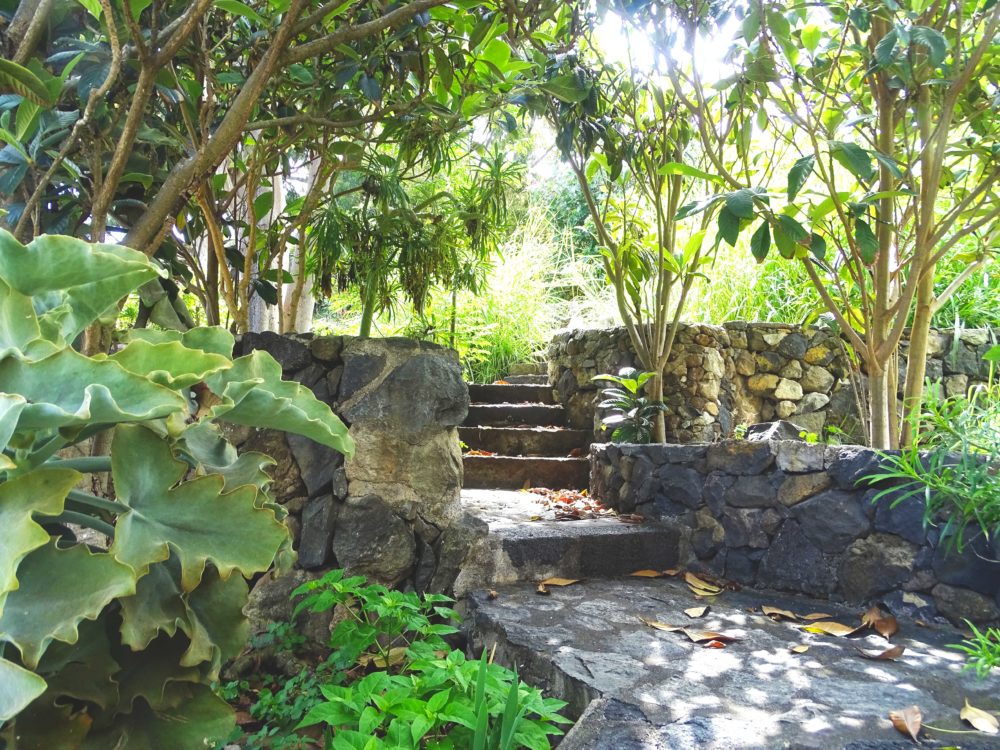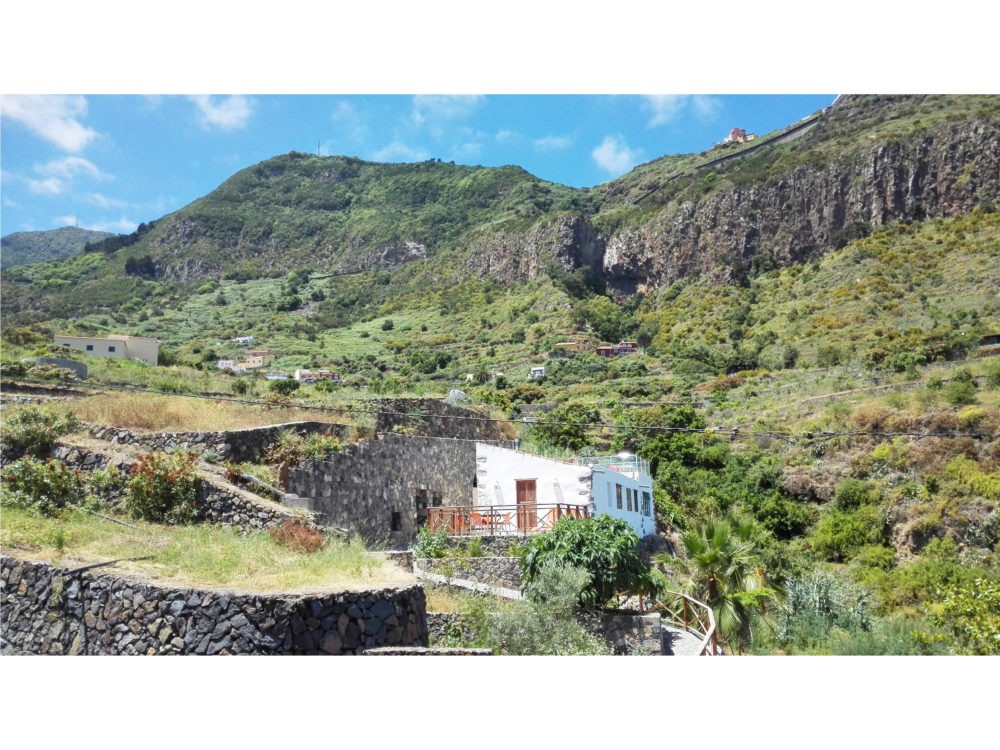Lactuca sativa var. capitata nidus tenerimma
Eisberg Salat
Englische Bezeichnung: Iceberg Salad
Spanische Bezeichnung: Lechuga Iceberg

Familie
Korbblütler (Asteraceae)
Hauptbestandteile:
Mineralstoffe: Kalium
Vitamine: Vitamin C, Folsäure, Beta-Carotin (Provitamin A)
Sekundäre Pflanzenstoffe: Antioxidantien
Ernte-Hinweise:
Wenn die Blätter und der Kopf voll ausgebildet sind, sollte der Eisbergsalat binnen weniger Tage geerntet werden. Einfach den Kopf dicht über der Erdoberfläche, am besten am Morgen, wenn die Blätter noch frisch und knackig sind, abschneiden.
Verwendung:
Rohkost
-
in Salaten, auf Sandwiches
Krachsalat oder Knacksalat beschreiben perfekt, was den Eisbergsalat vor allem auszeichnet – er ist knackig. Der Name entstand da er zum Transport von Küste zu Küste mit Eis frisch gehalten wurde. So konnten selbst lange Transportwege überstanden werden ohne an Knackigkeit und Geschmack zu verlieren. Der Eisbergsalat enthält viel Wasser und kaum Nährstoffe aber liefert einige Ballaststoffe.
Familie
Compositae (Asteraceae)
Parts Used:
Leaves
Key Constituents:
-
Minerals: potassium
-
Vitamins: vitamin C, folic acid, beta-carotine (Provitamin A)
-
Secundary plant substances: Antioxidants
Harvesting Guidelines:
If the lower leaves are harvested, the kale will regrow from the center and the harvest will be more abundant.
Use:
Raw vegetables
e.g in salads, on sandwiches
Crack lettuce describes perfectly what distinguishes iceberg lettuce – it is crunchy. The name originates from the fact that it was kept fresh with ice for transport from coast to coast. This meant that even long transport routes could be survived without losing crunchiness and flavour. Iceberg lettuce contains a lot of water and hardly any nutrients, but it does provide some fibre.
Familia
Compositae (Asteraceae)
Partes utilizadas:
Hojas
Componentes principales:
-
Minerales: potasio
-
Vitaminas: vitamina C, ácido fólico, beta-carotina (Provitamina A)
-
Sustancias vegetales secundarias: Antioxidantes
Guía de cosecha:
Si se cosechan las hojas inferiores, la berza volverá a crecer desde el centro y la cosecha será más abundante.
La lechuga crujiente describe perfectamente lo que distingue a la lechuga iceberg: es crujiente. Su nombre se debe a que se mantenía fresca con hielo para transportarla de costa a costa. De este modo, se podía sobrevivir a largos trayectos de transporte sin perder su textura crujiente ni su sabor. La lechuga iceberg contiene mucha agua y apenas nutrientes, pero aporta algo de fibra.






































